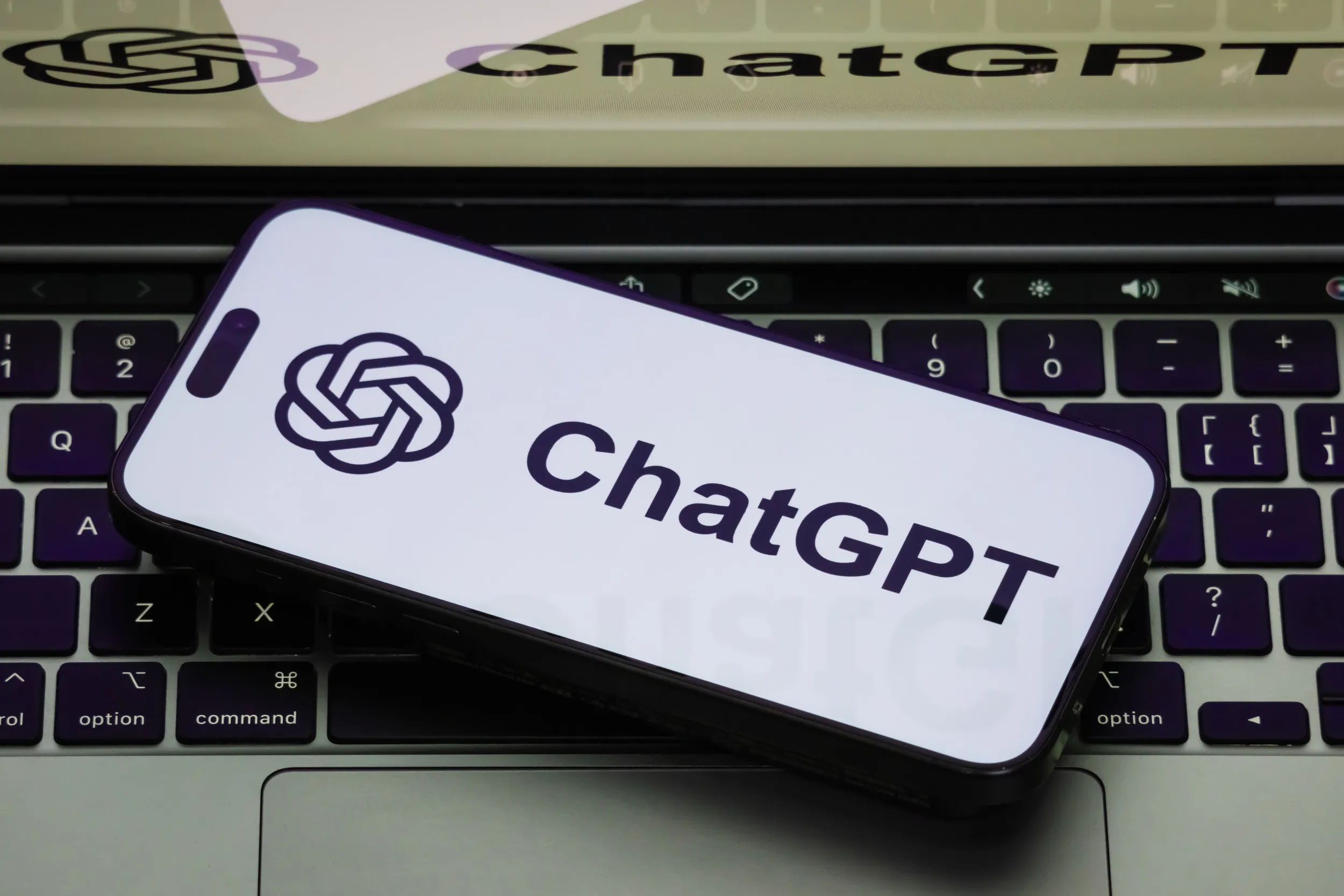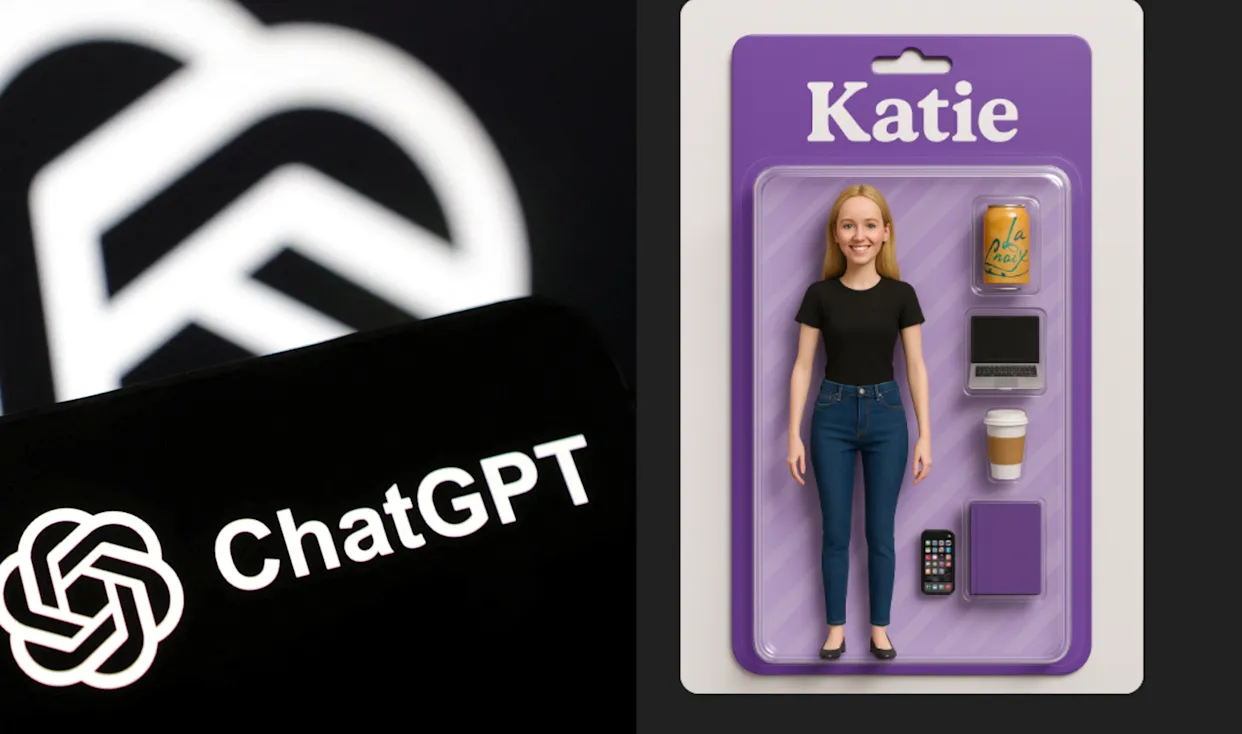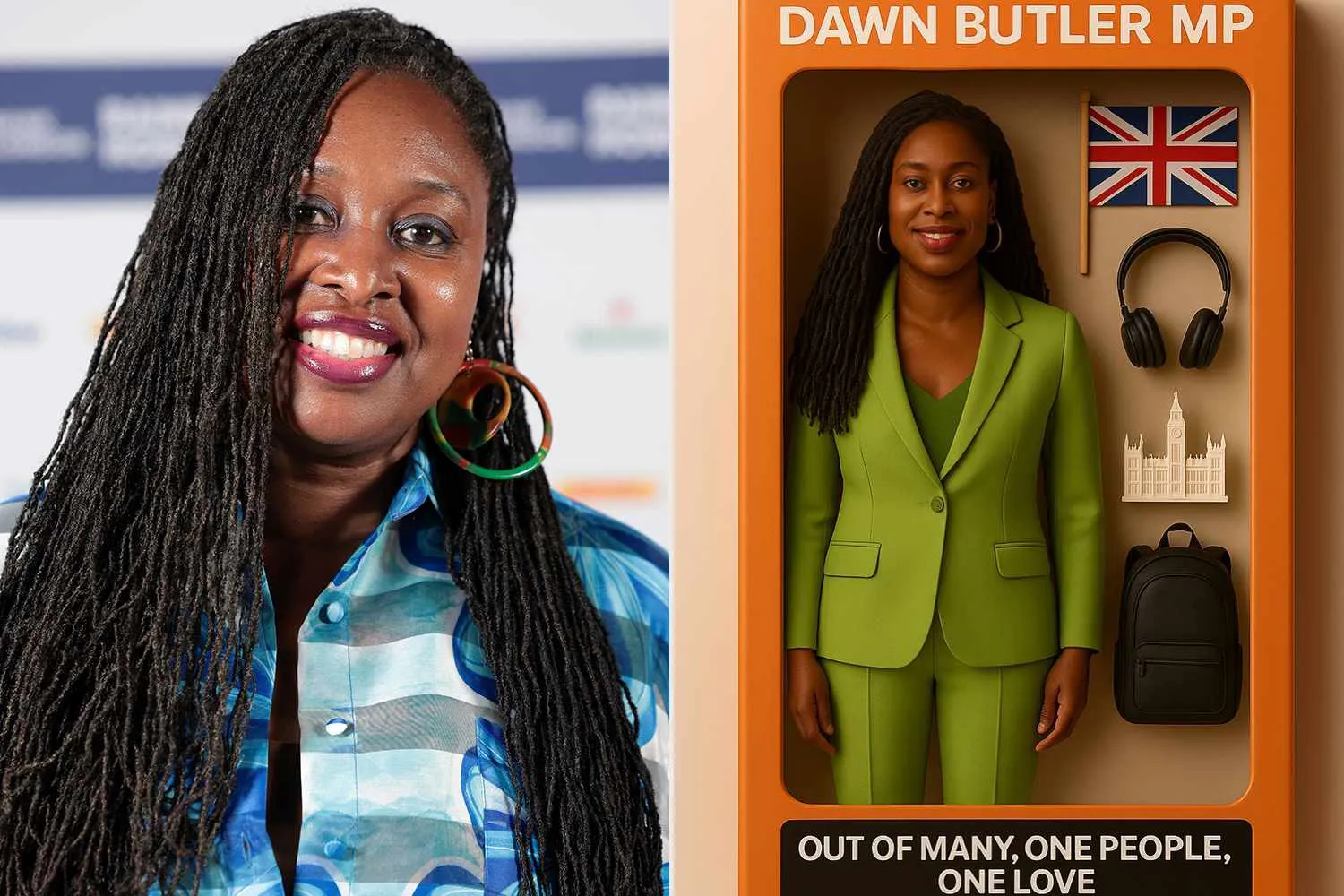It’s not uncommon to scroll through your social media feed these days and spot friends, family, or even influencers in a whole new format—a pocket-sized version of themselves. Welcome to the world of AI-generated dolls. Powered by generative AI tools like ChatGPT and Copilot, users are turning themselves into miniature action figures or dolls, a trend that has quickly gained traction online.

While it seems harmless enough, the trend raises critical questions, especially about the environmental impact and the ethics of using AI to generate personalized content. Brands, influencers, and everyday users alike are all hopping on the bandwagon, but concerns are growing about the consequences of jumping into the AI doll craze.
How Does the AI Doll Generator Work?
At first glance, creating your very own AI doll seems like a fun and simple process. Users upload a photo of themselves and provide written prompts that detail how they want their miniature selves to look. These prompts include specific requests for accessories, clothing, and even packaging, often mimicking the design of popular toys like Barbie. While the process can be amusing, it’s not without its quirks.
As with any AI tool, the results can vary—sometimes hilariously so. For example, some users have shared their amusing experiences with the tool, where the AI doll looked nothing like them at all. Whether it’s the color of their eyes, the style of their hair, or an overall cartoonish design, the AI often struggles to match expectations. Despite these shortcomings, the trend continues to grow as people race to make their own personalized mini-me.
The Appeal: Why Is Everyone Doing It?
There’s no denying the allure of creating an AI-powered version of yourself. The ease and speed at which generative AI tools can produce personalized content have made it easier than ever to join in on trends. Jasmine Enberg, a principal social media analyst at eMarketer, explains that generative AI allows users to create content quickly, leading to the rapid spread of viral trends. “Generative AI makes it easier and quicker for people to create and jump on trends,” she notes.

This accessibility, combined with the fear of missing out (FOMO), has driven many people to get involved in this trend. As Enberg suggests, AI-driven trends are likely to become a more regular fixture on social media as the technology becomes more integrated into our digital lives.
Concerns About the Environmental and Ethical Impact
What seems like a lighthearted trend isn’t without its concerns. One of the biggest issues surrounding the AI doll trend is its environmental impact. Professor Gina Neff, from Queen Mary University London, highlighted the energy consumption of AI tools, including ChatGPT, stating that the data centers powering these tools consume more electricity annually than 117 countries combined.
“Every time we create one of these AI memes, it kills a tree,” jokes Lance Ulanoff, US editor of TechRadar. While this is an exaggeration, he points out a critical issue—the significant energy cost of AI content generation. With these tools running on massive servers, the environmental cost of producing something as seemingly innocuous as an AI doll could be substantial.
Privacy and Data Concerns
Along with the environmental issues, the use of AI tools raises questions about privacy. Professor Neff also expressed concerns about how AI-generated content is produced, especially when it comes to copyrighted material. “These systems are putting brands and characters into a blender with no responsibility for the slop that emerges,” she says, referring to how AI might generate content that could infringe on intellectual property.
Moreover, there’s the issue of personal data. While the AI is generating customized dolls and avatars, it’s also using a significant amount of data. Are these systems properly safeguarding the information users are providing? As the trend grows, so do the questions about how much control users have over their personal data in the hands of these AI tools.
Is the Trend Worth the Effort?
Despite the concerns, many continue to enjoy the fun side of creating AI dolls. However, testing the trend can be frustrating, as BBC technology editor Zoe Kleinman discovered during her own experience creating a mini version of herself. She found the process to be time-consuming, with each version of her doll requiring multiple adjustments before it resembled anything close to her likeness. Her final product was a far cry from perfect—her doll was too cartoonish, aged her drastically, and couldn’t capture the hazel-green blend of her eyes.

While the process may be tedious, it’s clear that the appeal is not just about the finished product. People are fascinated by the novelty of having AI create a miniature version of themselves. But as Kleinman points out, the time and energy required to perfect these digital dolls might not be worth the effort—especially when considering the environmental cost.
The AI doll trend is undeniably fun and offers a unique way to engage with generative AI technology. However, the growing concerns about its environmental footprint and the ethical implications of AI-generated content cannot be ignored. As more people flock to this trend, it’s essential to ask: is the joy of creating a personalized doll really worth the energy consumption, potential privacy risks, and impact on our planet?
As AI becomes more ingrained in our daily lives, it’s crucial to be conscious of how we use it. While AI tools offer convenience and creativity, we must balance this with a sense of responsibility toward our environment and personal data. The AI doll trend might be here for now, but whether it will stand the test of time remains to be seen.










